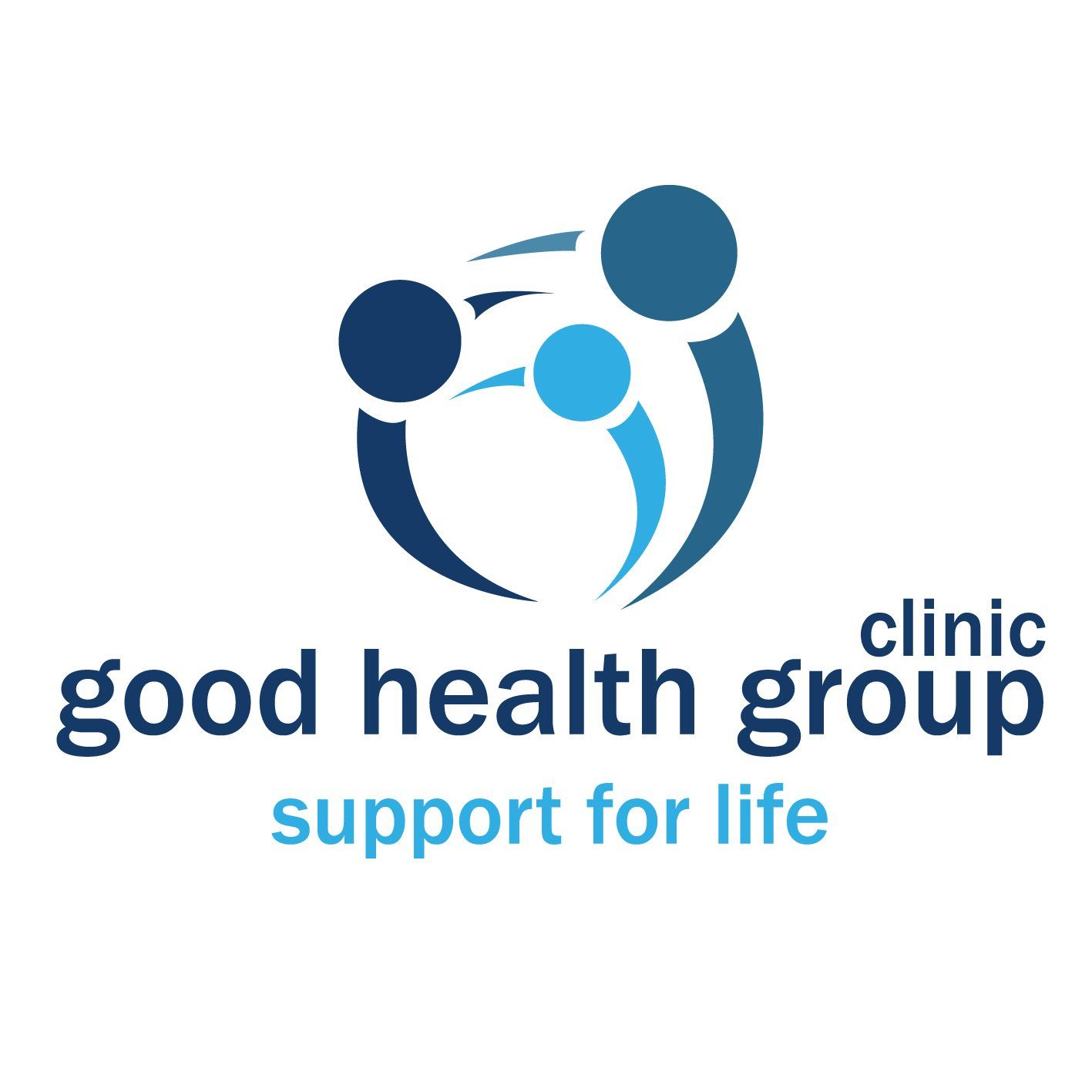Maximize Your Performance for the Melbourne Marathon 2024: Essential Training Tips
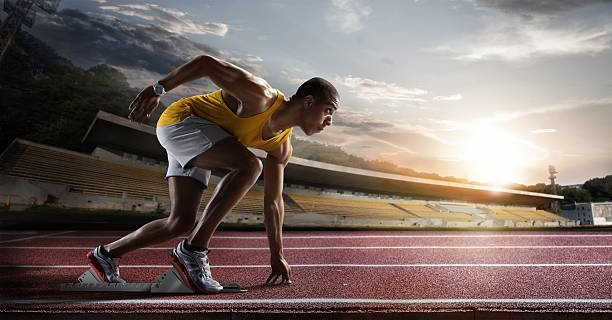
Focus on Recovery and Maintenance
Incorporating remedial massage, dry needling therapy and chiropractic care into your routine can dramatically enhance tissue recovery and muscle conditioning.
Enhanced Circulation and Injury Prevention: Remedial and Sports massage increases blood flow, facilitating the delivery of nutrients to muscle cells. This process helps reduce the risk of muscle spasms and injuries, with research indicating that regular sports massage can improve muscle elasticity and reduce tightness.
Muscle Conditioning and Recovery: Regular therapeutic massage modifies muscle stiffness, optimises range of motion, and enhances muscle performance, essential for endurance activities like marathon running. Dry needling offers targeted relief for deep muscle layers, releasing tension and improving muscle function.
Chiropractic Benefits: Integrating chiropractic adjustments can further enhance your training regimen by aligning the spine, improving posture, and optimizing nervous system function, which are crucial for maintaining overall body balance and preventing injuries. Chiropractic care is known to improve joint mobility and reduce the risk of joint and muscle injuries common in endurance sports.
Ready to achieve your marathon goals? Book a session with us at Good Health Group Clinic to enhance your preparation. Our team is here to support your journey to the finish line with personalised care and expert guidance.
Nutrition and Hydration
Fuelling for Peak Performance Proper nutrition and hydration are fundamental to marathon success. Tailoring your diet to include carbohydrate loading and maintaining optimal hydration can help sustain energy levels and delay fatigue during the race.
Comprehensive Support with Naturopathy
Our naturopathy specialist, Simone Goulding, can assist you in planning using herbal and nutritional medicine, as well as diet and lifestyle modifications to help your body maintain balance and optimise performance. This holistic approach ensures your body is in prime condition on race day.
Mental Preparation
Mental toughness and motivation are as crucial as physical preparation. Techniques such as visualisation, goal-setting, and positive self-talk are vital in managing race-day nerves and enhancing overall performance.
Recovery Techniques to Sustain Training
Emphasising recovery through adequate hydration, nutrition, and consistent sleep schedules, alongside regular sessions of remedial and sports massage, helps repair muscles and prepare the body for subsequent workouts.
As you prepare for the Melbourne Marathon, integrating these comprehensive strategies will not only prepare you physically but also mentally and emotionally for race day. With a focus on injury prevention, tailored nutrition, effective recovery practices, and mental conditioning, you're setting the stage for a successful and enjoyable marathon experience.
Good luck, and see you at the finish line!
Blogs
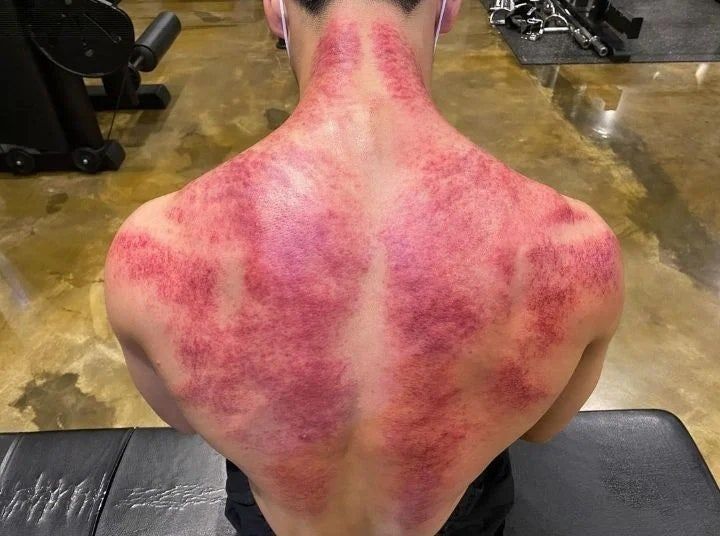
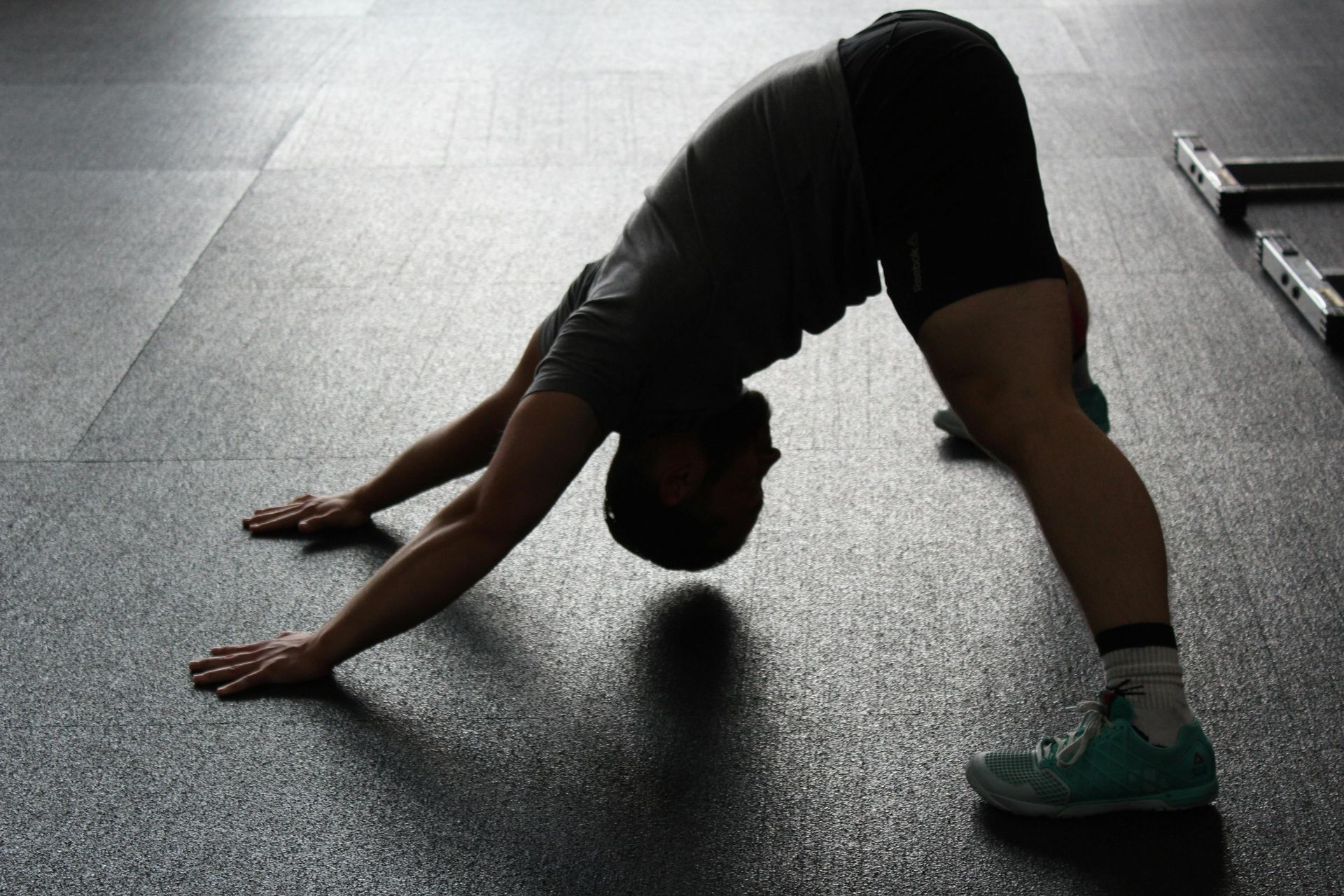
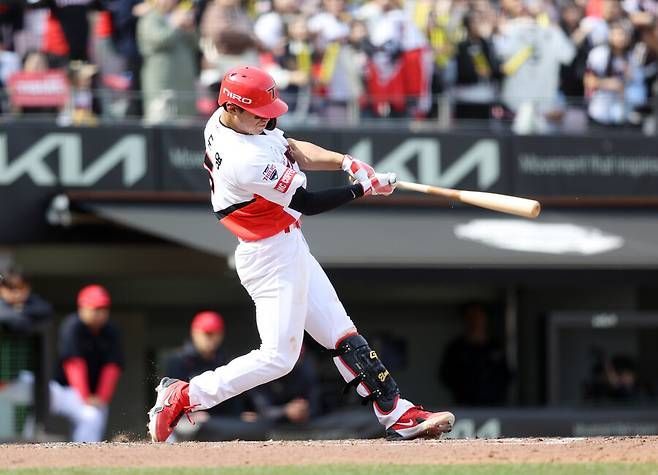
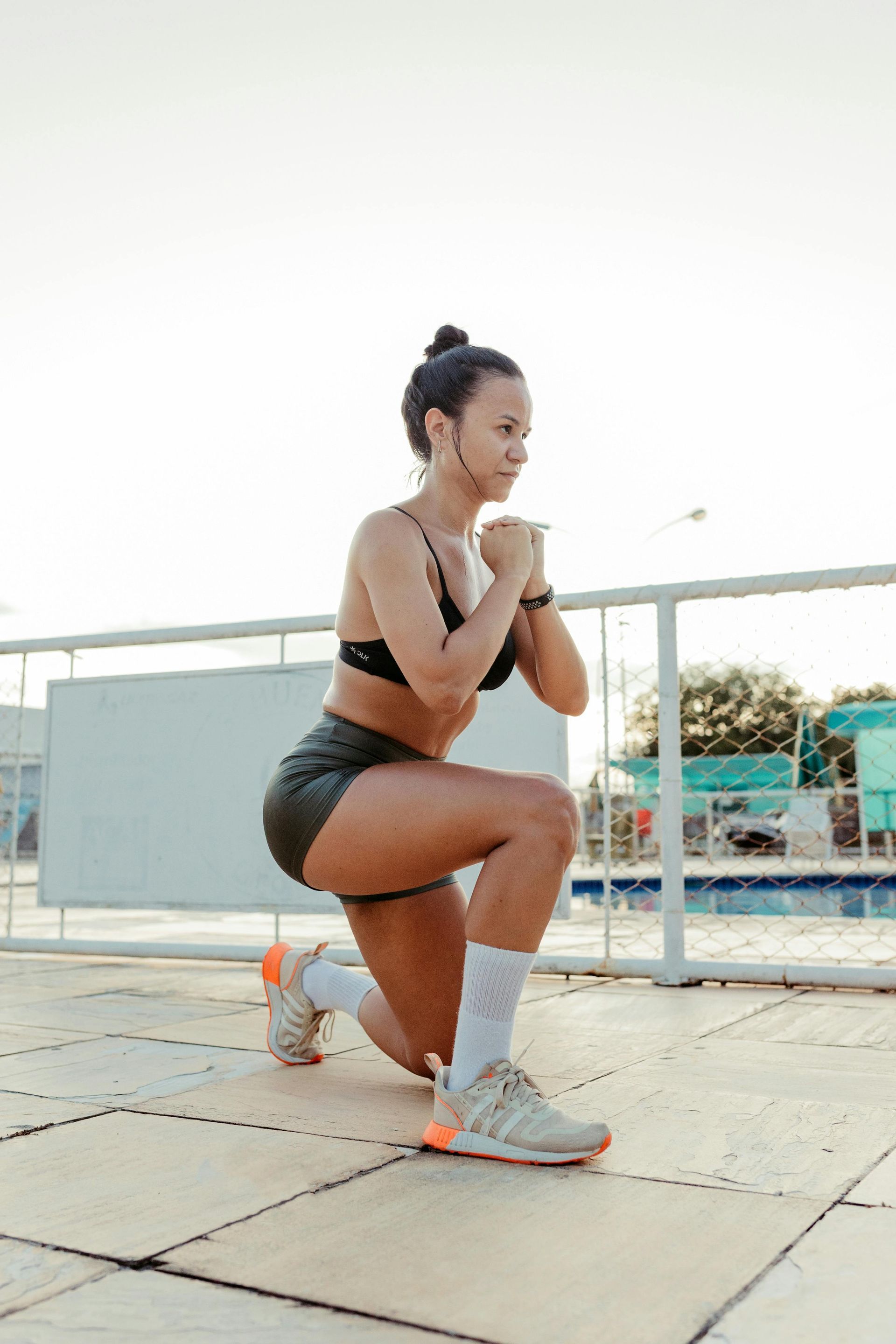

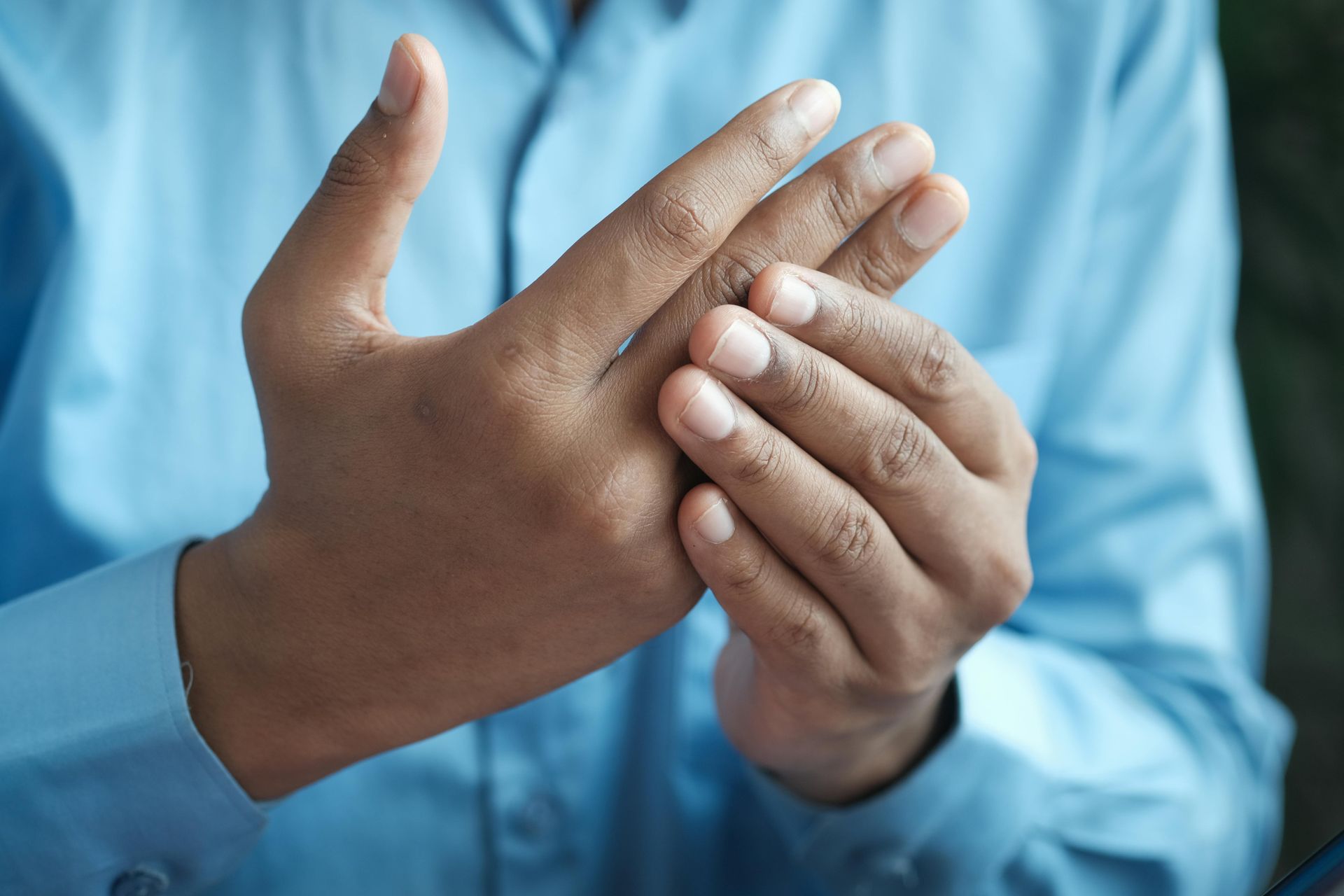

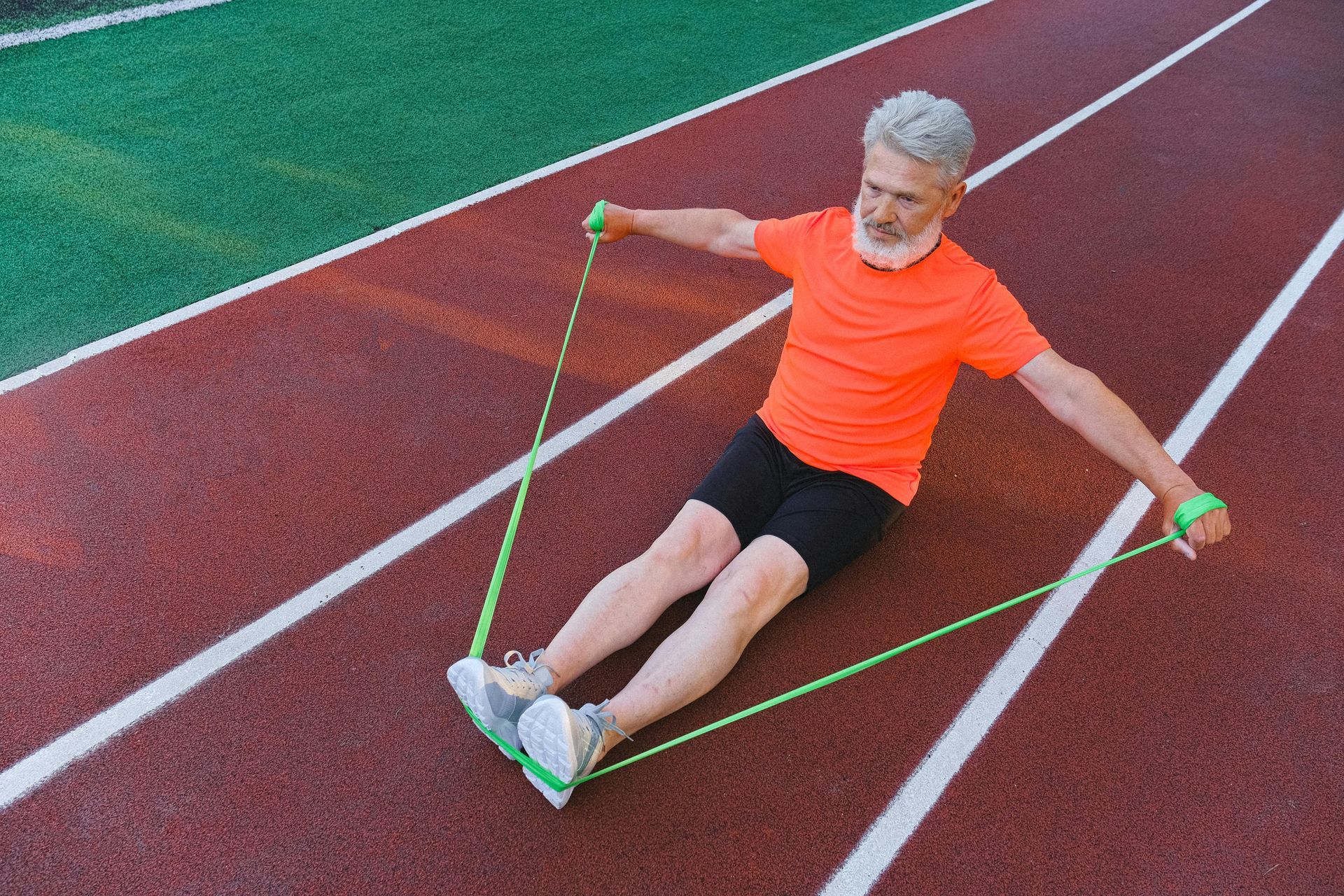
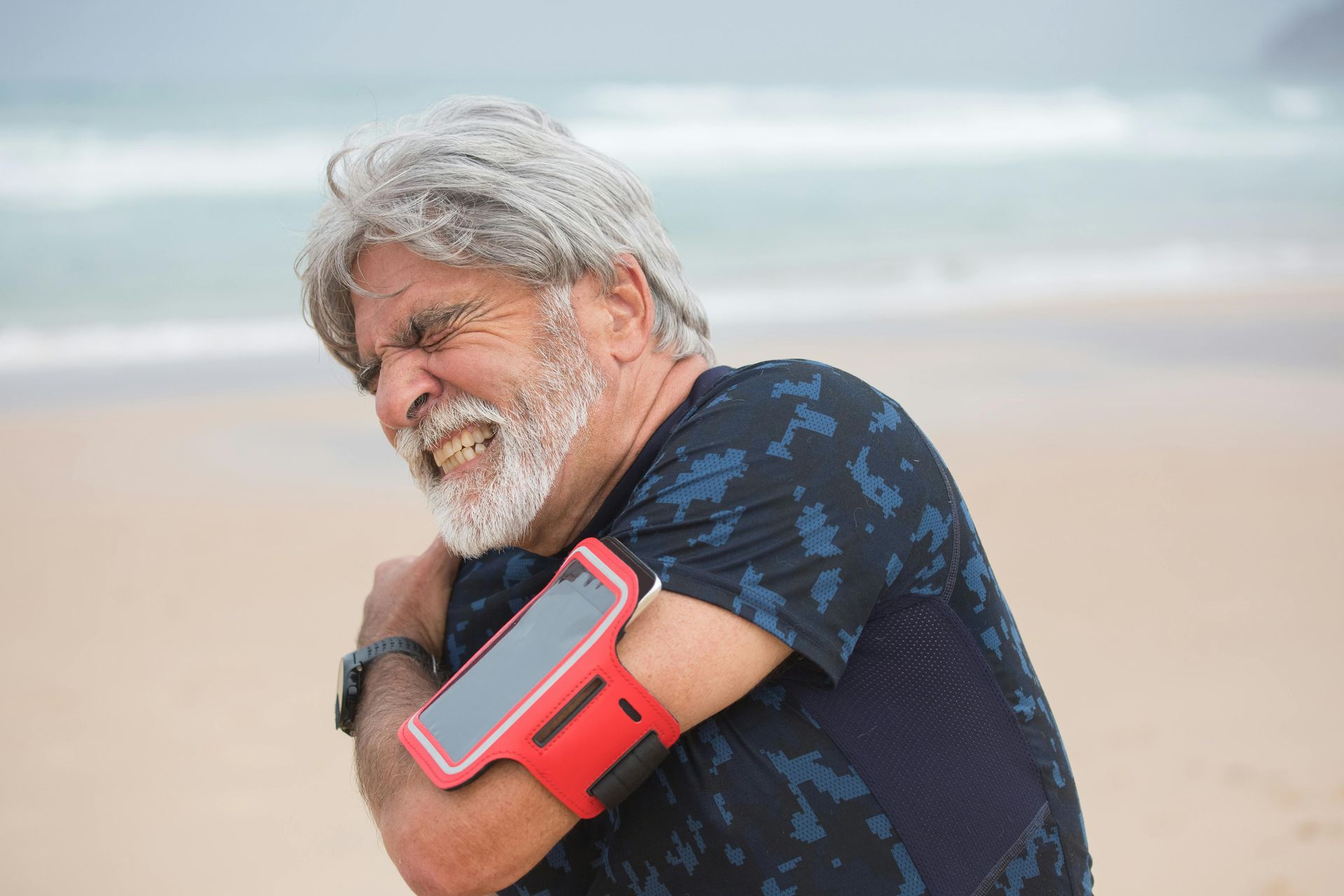
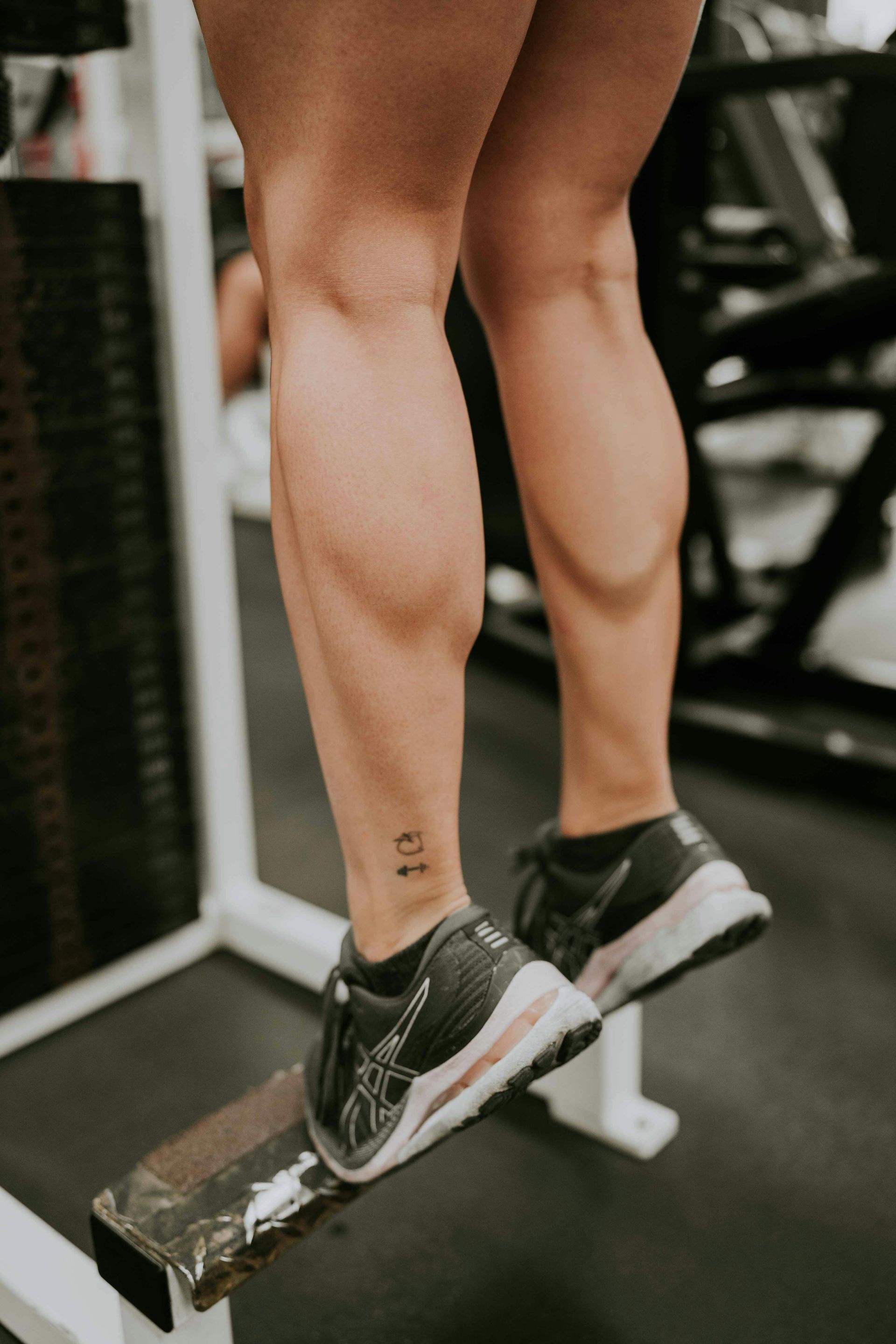
At Good Health Group Clinic, we empower your holistic well-being through personalized, integrative care. Join us on the journey to a healthier, more vibrant life. Contact us today to start transforming your health.
Contact Us
Call us at -03 9505 0595
Email us at - info@ghgc.com.au
333 Nepean Hwy Brighton East VIC 3187
(Mon-Fri 9am-8pm, Sat-Sun 10am-6pm)
